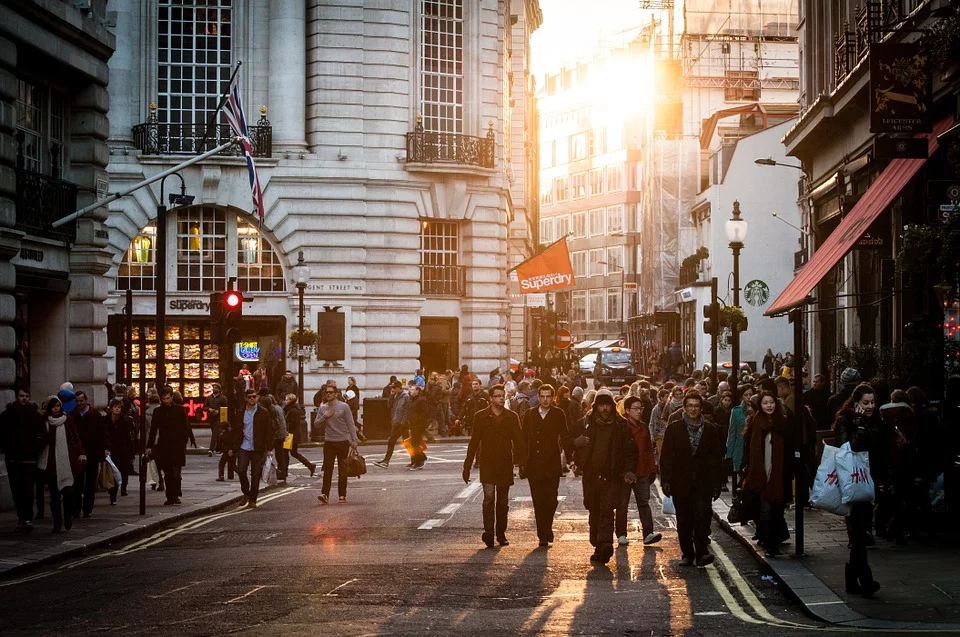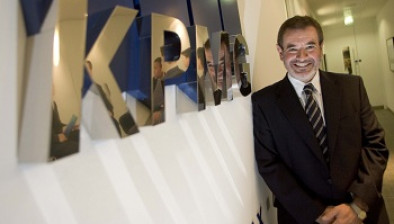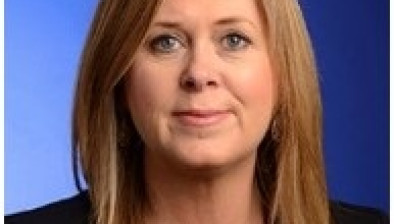Slow start for 2024 as Scottish retail sales are stunted by storms

Scottish retail sales were stunted in the first four weeks of 2024, according to the latest Scottish Retail Consortium (SCR) and KPMG Scottish Retail Sales Monitor.
Total sales in Scotland increased by 1.9% compared with January 2023, when they had grown 9.2%. This was below the 3-month average increase of 2.3% and the 12-month average growth of 6.3%. Adjusted for inflation, the year-on-year decline was 1.0%.
Scottish sales increased by 1.2% on a Like-for-like basis compared with January 2023, when they had increased by 7.9%. This is below the 3-month average increase of 1.9% and below the 12-month average growth of 4.9%.
Total Food sales increased by 5.4% versus January 2023, when they had increased by 11.1%. January was below the 3-month average growth of 5.6% and the 12-month average growth of 10.6%. The 3-month average was below the UK level of 6.3%.
Total Non-Food sales decreased by 1.0% in January compared with January 2023, when they had increased by 7.6%. This was below the 3-month average decrease of 0.5% and the 12-month average growth of 2.8%.
Adjusted for the estimated effect of Online sales, Total Non-Food sales decreased by 2.9% in January versus January 2023, when they had increased by 5.9%. This is below the 3-month average decline of 1.7% and the 12-month average growth of 1.5%.
Ewan MacDonald-Russell, deputy head SRC, said: ““After a bright start January fell away to a disappointing month for Scotland’s retailers. In real terms sales fell by one percent, extending the run of contraction to four months. Sales started well around Hogmanay and the first week of the year, but once shoppers returned to work it appears a combination of tightened belts and miserable weather kept them away from the high street.
“Food sales remain solid, with customers focusing on healthier choices following the traditional festive seasons indulgences, with a small spark of Scottish fare for Burns Night. Non-food sales were weak across the board, with fitness and health products being the few bright spots. In contrast furniture sales were weak, a large concern for businesses who traditionally trade strongly in January.
“These weak figures reaffirm the pressure facing both Scotland’s consumers and retailers. In that context it’s astonishing Scottish Ministers are increasing business rates by 6.7 percent on medium-sized and large shops whilst exploring a new surtax on grocers. The Scottish Government needs to look at the reality of Scotland’s economy and start helping, not hampering, Scotland’s business community if they want to help deliver economic growth and increase tax revenues.”
Paul Martin, partner, UK head of retail, KPMG, added: “It may be a new year, but the hangover of low consumer confidence remains, with retail sales growing by a lacklustre 1.2% on the high street in Scotland, and online operators seeing yet another month of negative sales performance.
“Highlights in terms of sales boosts centred around sales of toys, games consoles and cosmetics, obviously boosted by the run up to Christmas. Grocery did well, albeit as expected being pre-Christmas and new year, but this growth was actually the slowest of the year.
“Areas of decline included fashion, furniture and electricals as people pared back spending due to ongoing cost of living concerns. One interesting note was a decline in the sale of Christmas decorations, as people instead decided to reuse rather than buy new.
“It remains a difficult environment for retailers facing into significant downward pressures on demand, a strong promotional environment and uncertainty hitting supply chains due to rising geopolitical tensions. Retailers will be hoping that continued good news on the economy, coupled with the small boost given to some consumers as cuts in national insurance start to feed through to pay packets will boost confidence and convert to sales. With increases in labour costs and business rates around the corner, retailers will be hoping for good news in the Chancellors’ upcoming Budget to give consumers that lift they need to start spending again.”










